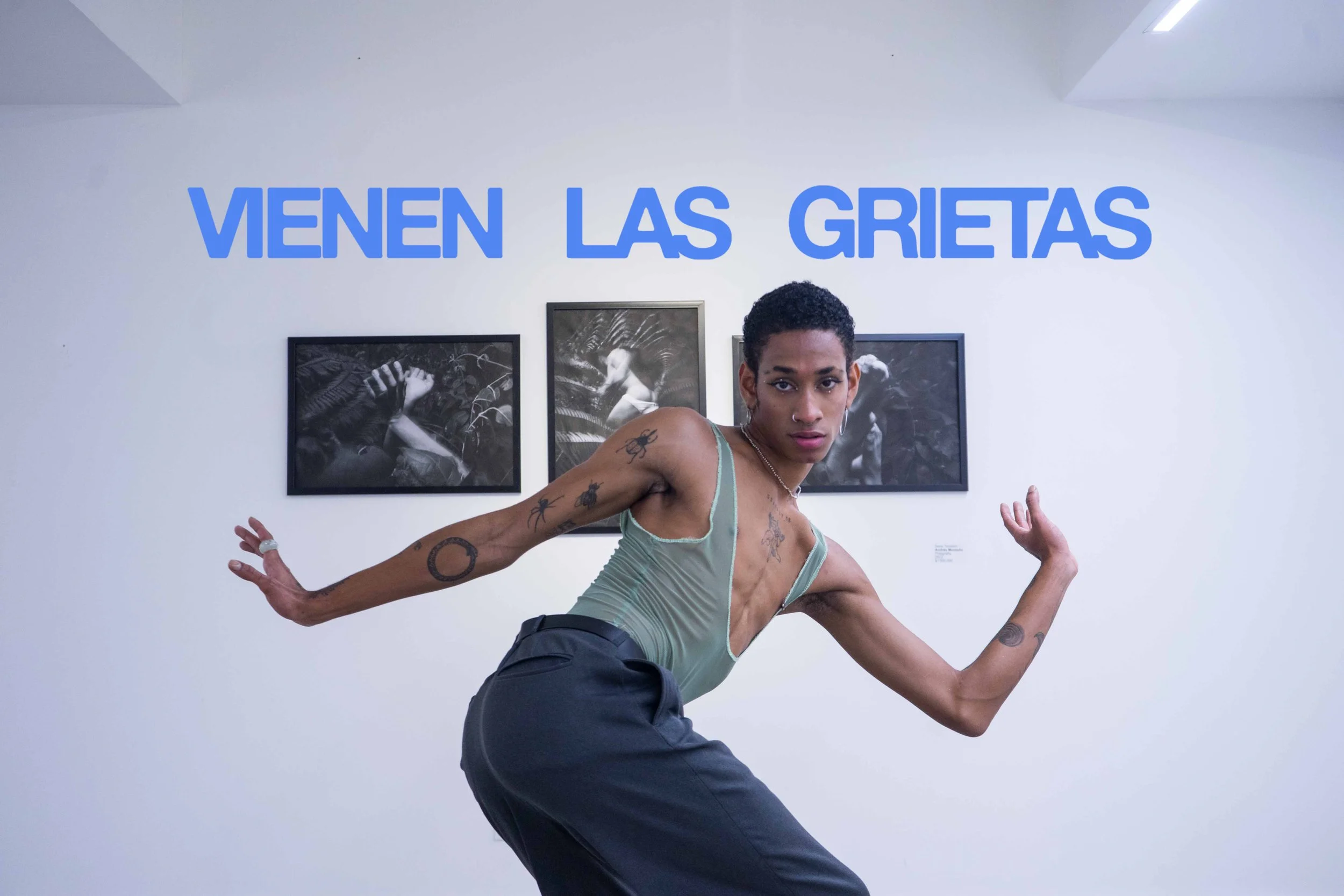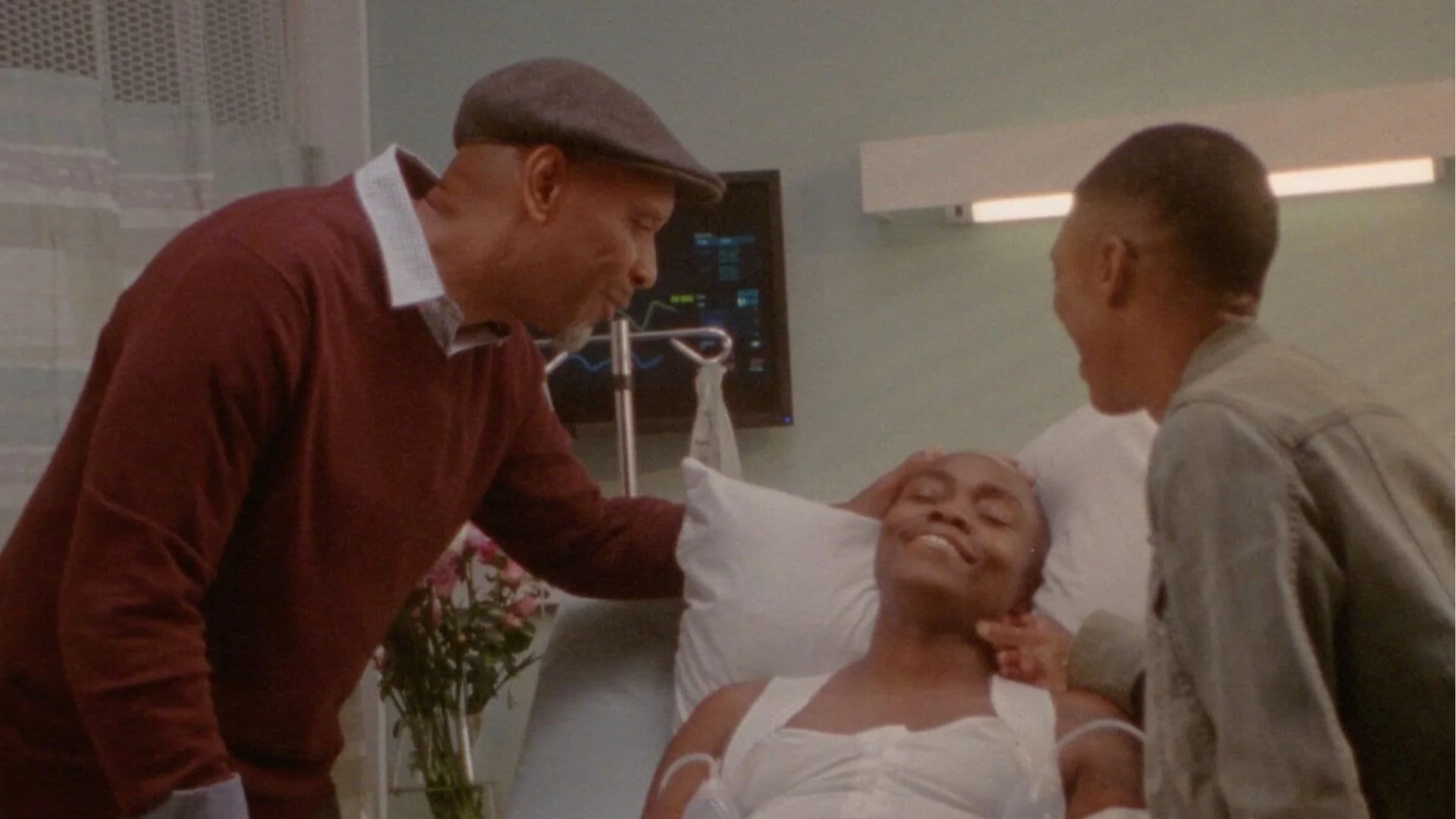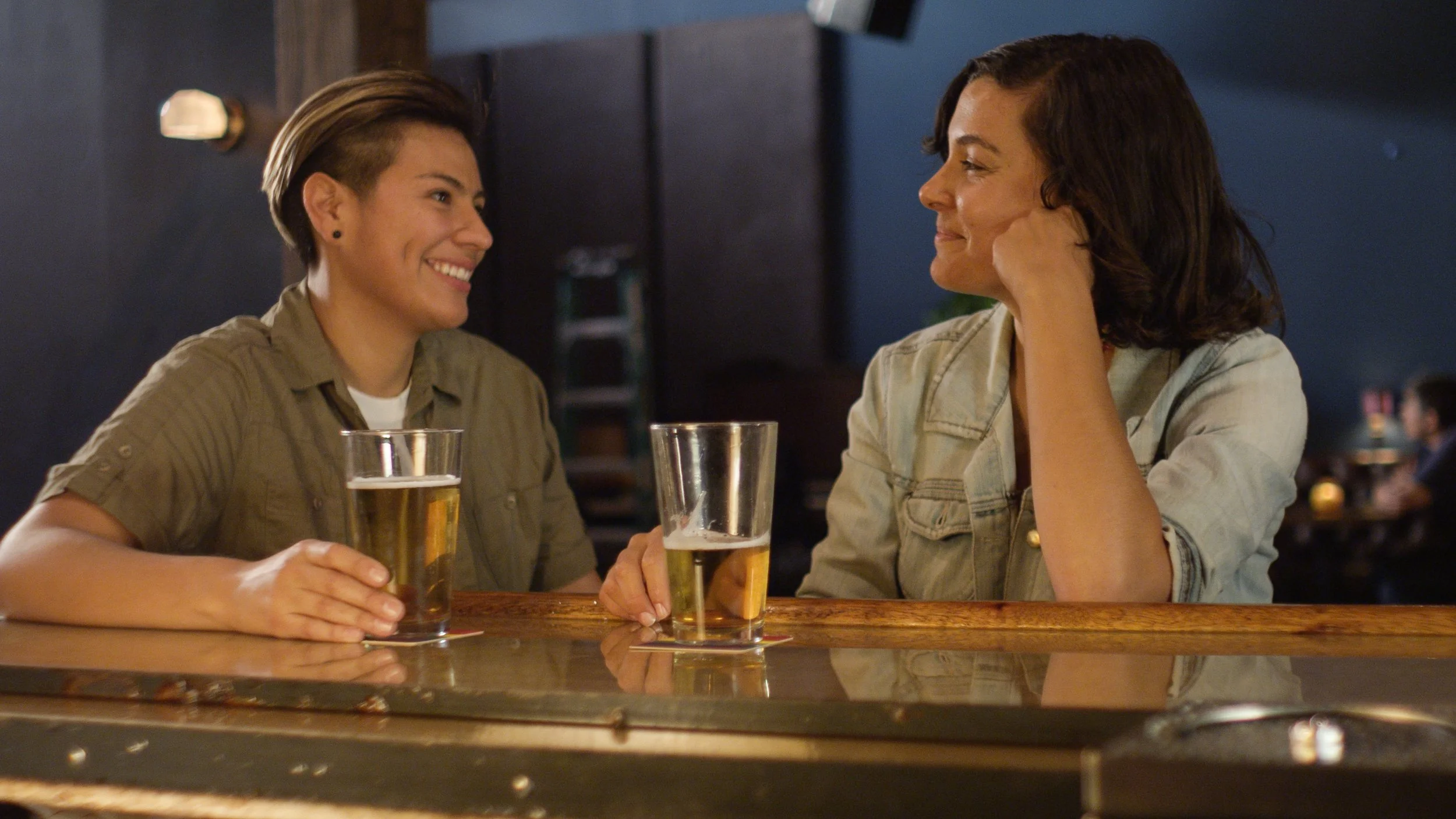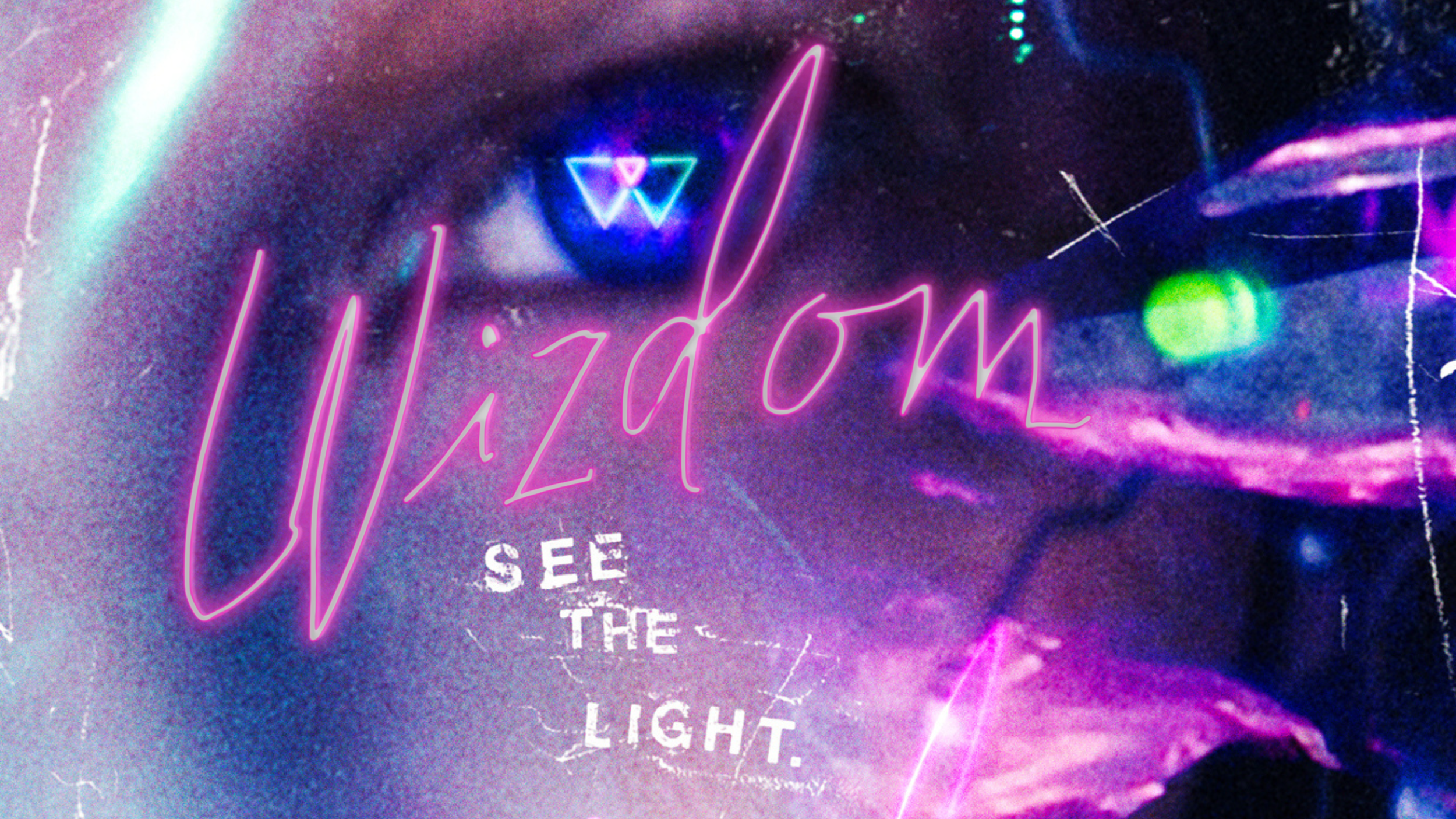OTV Guide | queer as in...
Hey OTV family, and a happy Pride to all of you from me, Marlo Abril-Viriña! I feel so incredibly blessed to have been a part of the OTV community since joining the 2021 cohort of the #OTVFellowship with my television pilot “ManicMan!” and I’m here to give you all of the juicy details about this month’s drop “Queer as in…” which features a collection of six incredible stories that circle identity, expression, and pride in deeply authentic ways.
But before we get into these stories, let’s get to know each other a little bit!
What does queerness mean to me?
Well, I am so glad you asked! I grew up as the child of Filipino immigrants who had deep roots in Catholicism. And as I began to unpack my identity – even before I had the words to describe why I felt different – I had this intrinsic feeling that I showed up to weekly mass with a unique perspective.
On my own personal blog “Museletters” I’ve been delving into the push and pull of various aspects of my identity in what I call “The Identity Index.” In my most recent essay, I finally deconstructed Catholicism and untangled the mystery of why it felt so incredibly tied to my queer identity.
There are many words that a closeted queer kid in Catholic schools is afraid of being called at recess – I’m sure you can imagine the worst of them. But there was one word that scared me even more. Bakla. Growing up in a big Filipino family with traditional values meant that bakla was a word I heard often. If I was doing anything remotely effeminate – like singing Sharpay’s part of “What I’ve Been Looking For” from the critically acclaimed 2006 Disney Channel Original hit movie “High School Musical” – I would hear one of my Titos say “Bakla ka ba?” or “Are you gay?” At the time, I was terrified of the question. And the voice in my head would whisper “They know, don’t they?” I didn’t have a community then, not the one I needed.
But the magic of queerness happens in community – when you discover your found family and revel in that joy. Moving to Chicago gave me the chance to experience the magic of queerness. Dancing at Sidetrack and Roscoes, having late night chats with the bartenders at Big Chicks then brunch in the morning at Tweet Let’s Eat – that’s magic.
Vienen las grietas (Cracks Will Come)
queer as in… return to our roots.
I don’t know what it is about the earth, but it seems like every queer person I know has a space in nature that grounds them. For some, it’s the mountains. Others have pots and pots of plants in their homes. For me, it’s Lake Michigan. This is where we find a thrilling allegory for acceptance, “Vienen las grietas” examines the exploration of queer expression through escaping the prison of ignorance by returning to nature. In the words of Lady Gaga, “T-t-t-take me to the Garden of Eden.”
queer as in… resistance through resilience.
Coming home can be difficult as queer person. In “CHESTBOUND,” Ray returns home after top surgery. There, they must confront old wounds, untangle identity, and reintroduce themself to family and friends. It paints a hauntingly beautiful tapestry of family, forgiveness, and healing.
queer as in… we stand on the shoulders of those who came before.
“Black Queer Futures” was a delightful exploration of stepping into one’s queerness and delving into the context within which you exist, our queer ancestors. This took me back to the first safe space I found through the drama program at my high school. My drama teacher would always remind us that “we stand on the shoulders of those who came before.” Our queer ancestors lift us up.
queer as in… honoring our origins.
In “Encuentro,” worlds collide when Claudia encounters Isabel at a bar. There, they discuss the difference of quality of life for Latinx immigrants between their homeland and the United States. I resonated deeply with Claudia’s character because recently, I’ve been thinking a lot more about the mortality of my parents. This year my mother stepped into retired life and began her seventies, and in realizing how quickly life moves, I’ve finally begun a project that I’ve been pushing off for years. My parents have so many stories from their life growing up in the Philippines and their journeys immigrating to the United States, so this year I’ve started sitting with each of my parents to record them telling me their life stories.
queer as in… what they can’t take away from us.
An allegory for corporations and those in power attempting to take control of minority groups, “WIZDOM” is an epic story that holds a mirror up to today’s world – something the sci-fi genre does best. In this dystopia, humans have been implanted with bionic implants by WIZDOM Biotech. With thrilling action and dazzling visual effects, this was truly a marvel to watch, and I just had so much diving into the world of WIZDOM.
queer as in… I FEEL FABULOUS.
The most experimental of this collection, “This Physical World” explores the human experience in such a lovingly raw way. To me, this story is about our connection to a higher-self, but also our connection to each other – how humanity and “normalcy” is what we make of it. Through its editing, “This Physical World” paints a picture of choice, the choices we come across every day. Through this depiction of choices, we see the beauty of monotony – and it is fabulous.
“Before I sign off, I just want to say: enjoy these stories and revel in them… but also let them inspire you to tell your own story on your own time if you’re ready. To me, queerness is deeply connected to storytelling, so go out and share yours with the world.”
website:https://marloavirina.com/ / blog: https://museletters.blog/ / Instagram: @marloavirina
